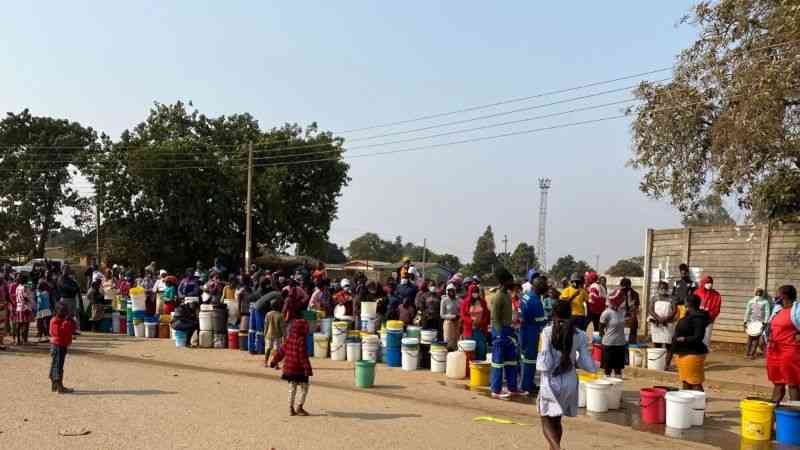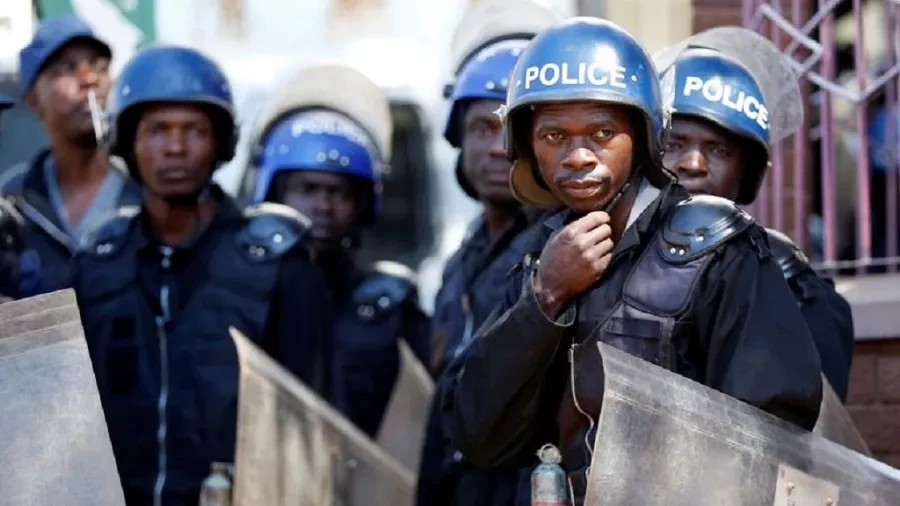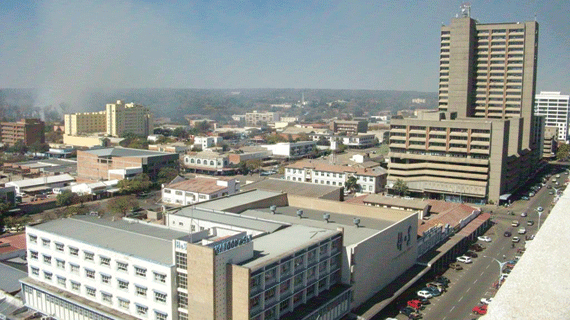
DESPITE being on the shores of the mighty Zambezi River, Binga district faces an acute shortage of water for domestic use and for livestock, forcing villagers to travel up to 20km to get the precious liquid.
RICHARD MUPONDE SENIOR REPORTER
The situation is so dire that villagers were relying on unsafe water, which has left them prone to disease such as dental fluorosis.
The disease is caused by over exposure to fluoride in water one drinks, with the high concentration of fluoride showing on the teeth of many villagers, whose teeth have turned permanently brown.
Livestock is also not spared, as they share the scarce commodity with desperate villagers.
The situation has attracted the benevolence of organisations such as USAid and the World Food Programme, working together with their implementing partner LEAD, who have come in to help with building weir dams, so that they capture rainfall run off and reserve the water for domestic use and for livestock.
So far the programme has seen two weir dams being built at Chisamba and Sinasengwe villages, 100km south and 70km east of Binga Centre respectively.
In an interview during the tour of the projects by USAid Zimbabwe mission director, Melissa Williams, councillor for Ward 6, which is about 18km from the Zambezi River, Phati Siasayi said water shortages had made the lives of villagers unbearable.
- Chamisa under fire over US$120K donation
- Mavhunga puts DeMbare into Chibuku quarterfinals
- Pension funds bet on Cabora Bassa oilfields
- Councils defy govt fire tender directive
Keep Reading
“Villagers have to walk long distances to get water,” he said.
“There’s no water in Binga despite the fact that we are close to one of Africa’s biggest rivers.”
Siasayi said in his ward, villagers had to mobilise themselves to try and rehabilitate Msenampongo Dam, which was washed away in 2001, to ease water shortages.
“Villagers have so far raised $3 000 for the project, but it’s not enough.
“We have to mobilise the resources ourselves so that villagers get water to use for domestic purposes and livestock,” he said.
Ward 4 councillor Elmon Mudenda from Sinasengwe said villagers from his ward were not spared the water problems just like everyone in the district and had to go the extra mile to convince donors to construct the dam.
“This also had to involve convincing villagers to desist from doing things for money but to work for their development without being paid,” he said.
“It was not easy as they nearly turned against me, but work is progressing well.”
Mudenda said more than 240 households in the ward had to share four boreholes and the water was not fit for consumption.
“There is a lot of coal underground, which contaminates the water,” he said.
“Villagers have to travel long distances to fetch water for domestic use. For water to construct this dam (Sinasengwe weir dam), women have to travel over four kilometres.
“You can see how difficult it is, this area has been neglected for a long time even by the Rural District Council itself.”










